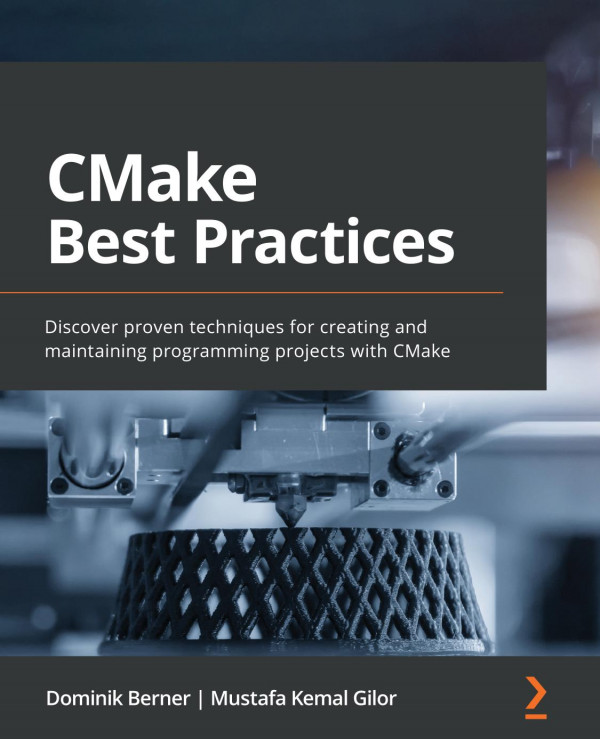

Most ebook files are in PDF format, so you can easily read them using various software such as Foxit Reader or directly on the Google Chrome browser.
Some ebook files are released by publishers in other formats such as .awz, .mobi, .epub, .fb2, etc. You may need to install specific software to read these formats on mobile/PC, such as Calibre.
Please read the tutorial at this link: https://ebookbell.com/faq
We offer FREE conversion to the popular formats you request; however, this may take some time. Therefore, right after payment, please email us, and we will try to provide the service as quickly as possible.
For some exceptional file formats or broken links (if any), please refrain from opening any disputes. Instead, email us first, and we will try to assist within a maximum of 6 hours.
EbookBell Team

0.0
0 reviewsExplore a compendium of tips, tricks, and techniques for leveraging CMake and empowering your software development workflow.
Key Features
Understand what CMake is, how it works, and how to interact with it
Discover how to properly create and maintain well-structured CMake projects
Explore tools and techniques to get the most out of your CMake project
Book Description
CMake is a powerful tool used to perform a wide variety of tasks, so finding a good starting point for learning CMake is difficult. This book cuts to the core and covers the most common tasks that can be accomplished with CMake without taking an academic approach. While the CMake documentation is comprehensive, it is often hard to find good examples of how things fit together, especially since there are lots of dirty hacks and obsolete solutions available on the internet. This book focuses on helping you to tie things together and create clean and maintainable projects with CMake.
You'll not only get to grips with the basics but also work through real-world examples of structuring large and complex maintainable projects and creating builds that run in any programming environment. You'll understand the steps to integrate and automate various tools for improving the overall software quality, such as testing frameworks, fuzzers, and automatic generation of documentation. And since writing code is only half of the work, the book also guides you in creating installers and packaging and distributing your software. All this is tailored to modern development workflows that make heavy use of CI/CD infrastructure.
By the end of this CMake book, you'll be able to set up and maintain complex software projects using CMake in the best way possible.
What you will learn
Get to grips with architecting a well-structured CMake project
Modularize and reuse CMake code across projects
Integrate various tools for static analysis, linting, formatting, and documentation into a CMake project
Get hands-on with performing cross-platform builds
Discover how you can easily use different toolchains with CMake
Get started with crafting a well-defined and portable build environment for your project